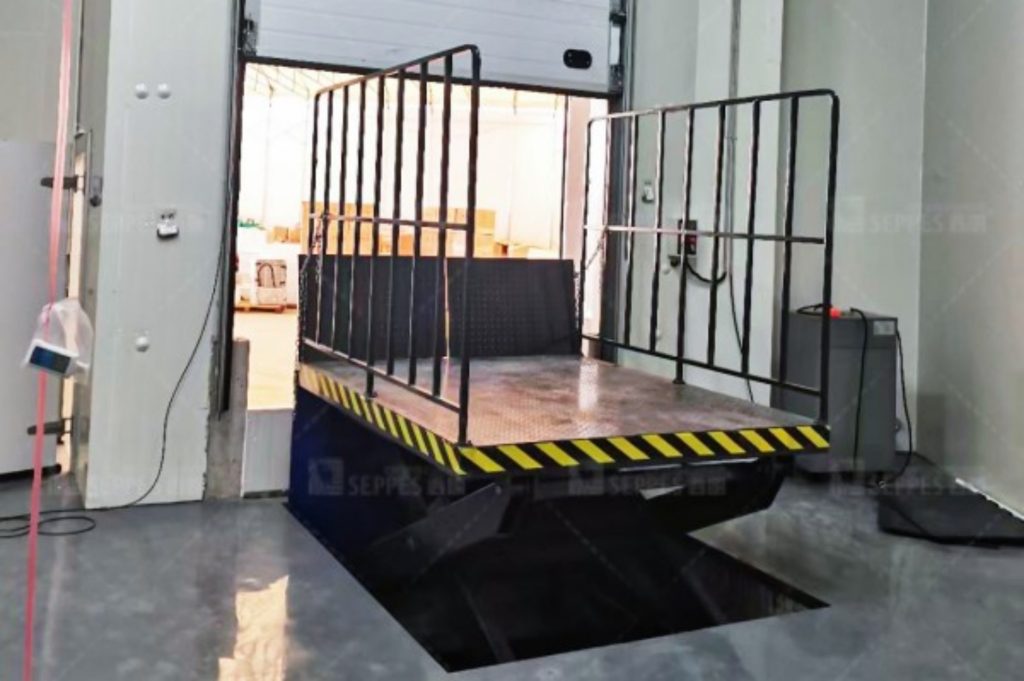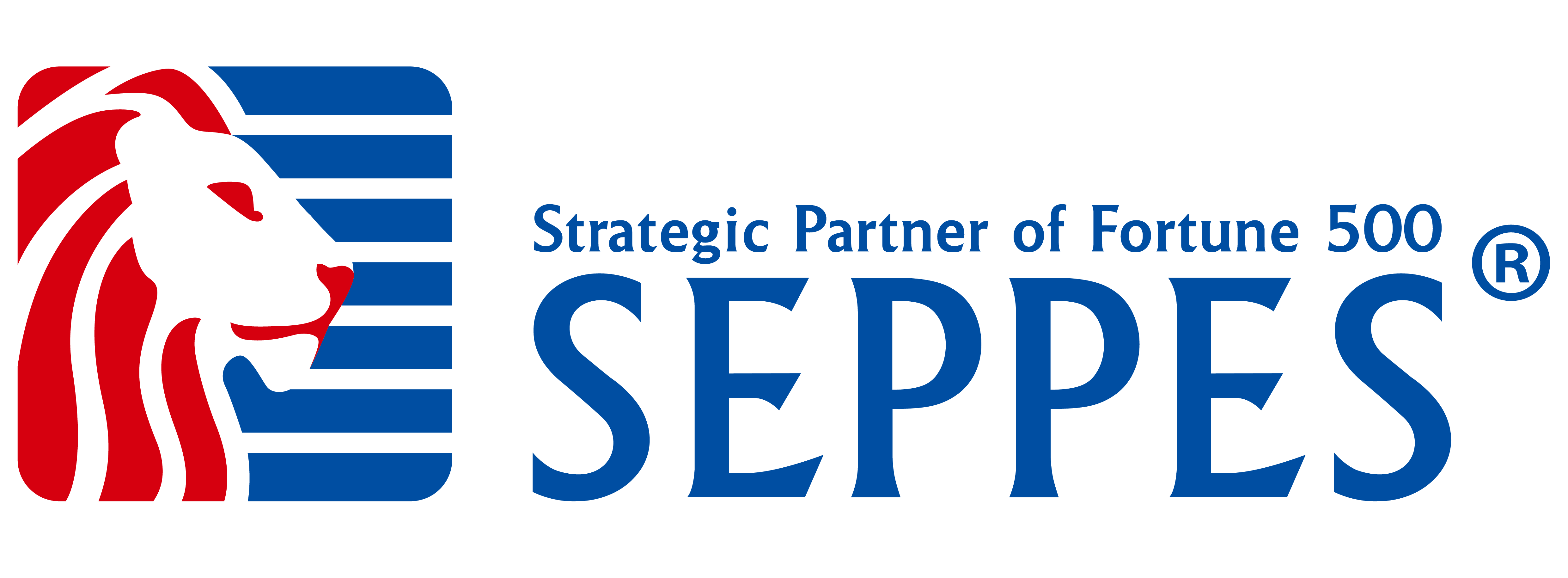Mon - Sat : 9am to 7pm Sunday is CLOSED

Discover the versatility of hydraulic lifting dock leveler, essential equipment in material handling. Explore common issues and structural advantages that ensure safety and efficiency.

Contents
Common Issues in Hydraulic Lifting Dock Leveler
Uneven Lifting Height:
Addressing the critical problem of ground tilt in hydraulic lifts, especially mobile forklifts, ensuring safety and efficiency in material handling.
Parts Inspection and Mechanism Integrity:
Highlighting the significance of thorough inspections during manufacturing to prevent unqualified hydraulic lifting platforms from entering the market, ensuring optimal functionality.
Structural Examination:
Examining the structural integrity of the lifting deck, focusing on metal parts, welds, and connections to avoid deformation, cracks, and welding loss.
Troubleshooting Hydraulic Lifting Dock Leveler
Cylinder Wear and Maintenance:
Guidance on identifying and addressing issues related to cylinder wear, damaged inner sealing rings, and obstacles, ensuring even force distribution for consistent lifting.
Oil Pipeline Concerns:
Exploring the impact of foreign objects in the oil pipeline. Emphasizing the need for smooth oil flow to maintain even force distribution across the table surface.
Rotational Axis Alignment:
Addressing challenges arising from inconsistent rotation axis in the middle of the pillar. Preventing damage to the lifting platform and table surface tilting.

Advantages of Hydraulic Transmission
Power Unit Transmission:
Analyzing the benefits of hydraulic transmission, acknowledging its complexity and environmental impact while emphasizing stable lifting, heavy-weight capacity, and extended lifespan.
Structural Ingenuity of Hydraulic Lifting Platforms
Mechanical Design:
Detailing the use of a double four-bar mechanism for lifting and turning, along with a self-locking mechanism for automatic baffle opening and closing, enhancing functionality.
Pulley Systems for Smooth Motion:
Exploring the incorporation of multiple sets of pulleys to reduce driving force and ensure smooth motion transmission, contributing to efficient movement on both sides of the lifting device.
Conclusion:
In conclusion, understanding and addressing common issues in hydraulic lifting platforms ensures optimal performance, while acknowledging the structural advantages and innovations that make hydraulic transmission the dominant force in the electro-hydraulic lifting platform market.
